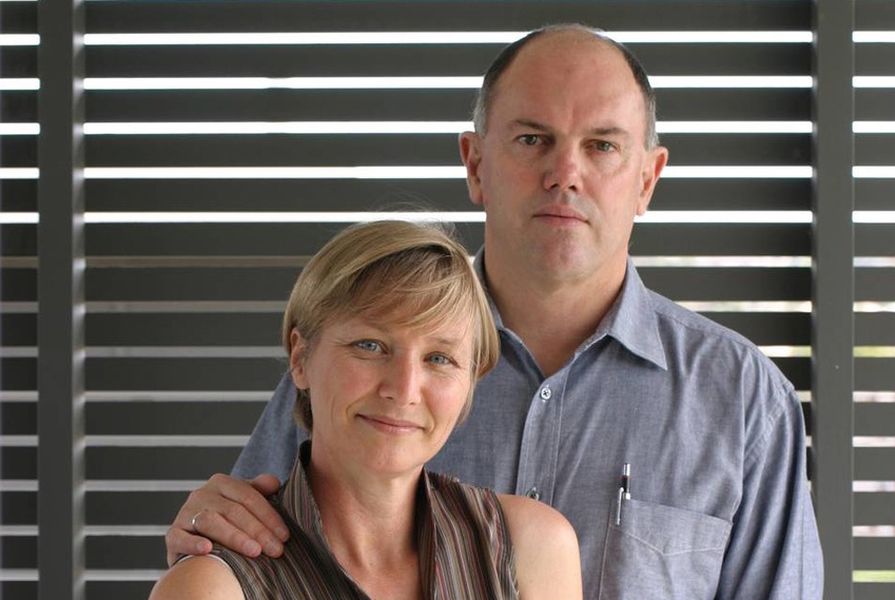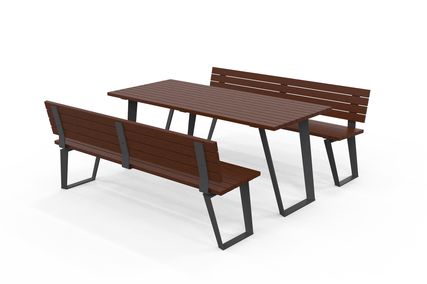Kerry Clare: The industry needs the government to help us because there aren’t enough decent rules. It’s very hard for a client to understand why an architect will say, “No, you can’t do that,” because then they say, “Well, we can – there are no rules saying we can’t.” If [the government] draws a line, it’s much easier to tell your client that they have to meet the requirements, whether it’s solar gain in winter, cross ventilation in summer, et cetera. Regulations help us enormously.
But this is a very complex issue. There are no easy answers. A lot of architects need to understand that they need specialist advice. It needs a lot of education and a lot of specialist input. [At Clare Design] we still seek advice to refine our designs to get the best outcomes for our projects and our clients.
Lindsay Clare: The New South Wales Apartment Design Guide [the 2015 update to SEPP 65, which was introduced in 2002] is a good principle guide. And that’s just the minimum. It should be for all buildings [across the board]. There are 10 clear points and you should be able to satisfy those points easily.
Something is wrong when you look at some buildings in Queensland, for example. I’ve seen apartment buildings that are 10 or 12 storeys or more, with whole walls of full-height glass facing west and unshaded. Even with airconditioning, those rooms will struggle to keep cool. You’re basically condemning people to live in airconditioning because it’s the only way those buildings would work. It’s a disgrace.
KC: With density becoming more of an issue, the extra population and how we house them will be a very big challenge. Highrise buildings beyond 20 storeys are actually chasing their tails with respect to the energy it takes to build them, to maintain them and their operational energy.
The super highrise is not the answer. The density in the inner areas of Paris and parts of Rome and Barcelona seems to be quite high compared to Australian cities and yet they’re still pleasant. Our challenge is housing the population sensibly without a lot of negative impacts on our cities. We still want trees, parks, walkable streets and access to sunshine. That’s our big challenge.
LC: There is still the human aspect – we can’t forget that. Science is really critical and fundamental. But you can technically design something that meets all the standards, [yet] people don’t want to occupy it. It is important to consider the psychological aspects of making places so that people want to occupy them. That is also part of the environmental equation.
Read more interviews and articles from the climate and biodiversity emergency series.
















